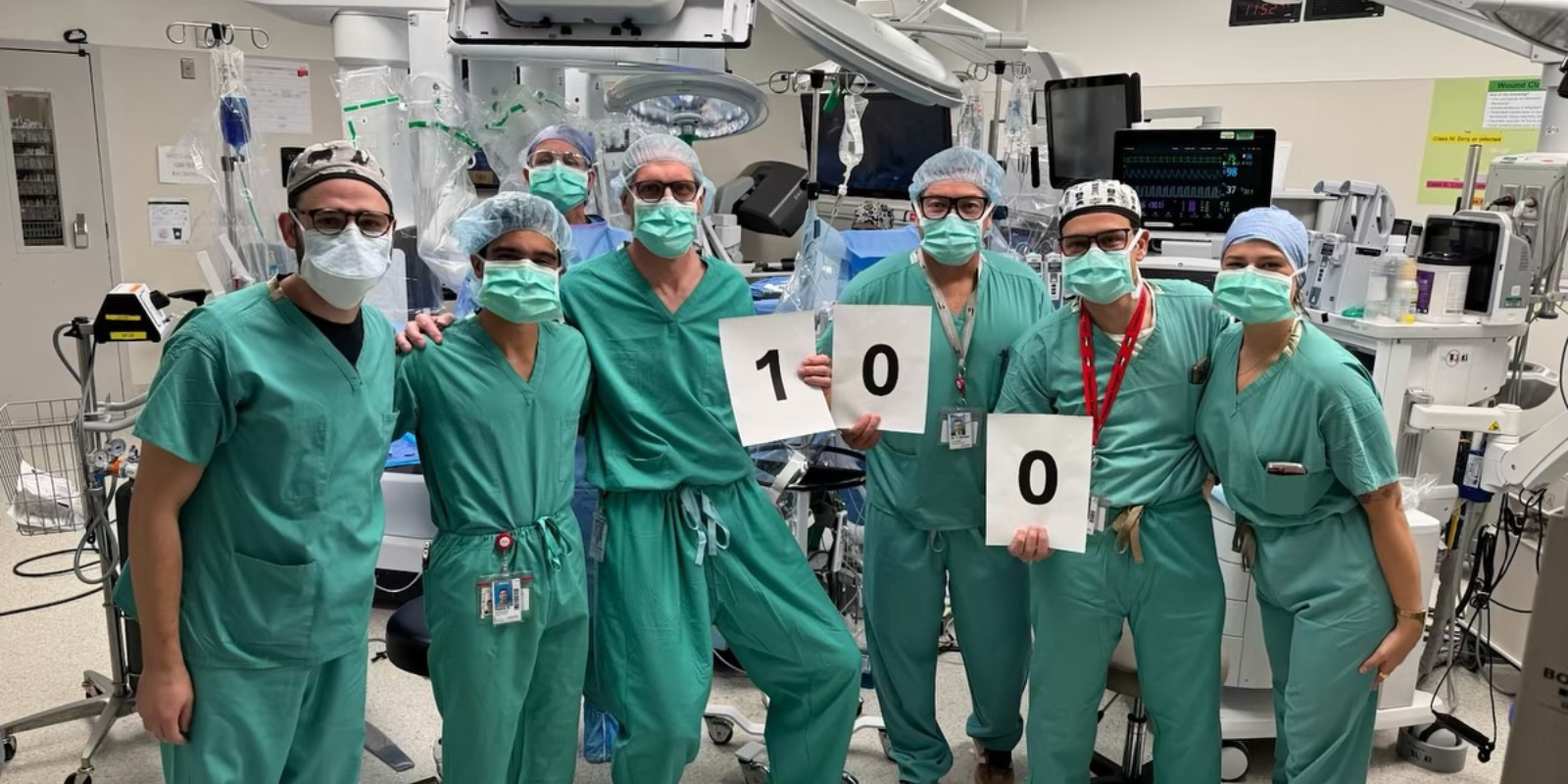2022 was a record-breaking year for the number of transplants performed by the organ transplant team at the University of Colorado Department of Surgery, with more than 300 kidney transplants, more than 130 liver transplants, more than 60 heart transplants, and 40 lung transplants performed over the past 12 months.
“We’re one of the largest transplant programs in the U.S. — and certainly the largest in this region,” says Elizabeth Pomfret, MD, PhD, chief of the Division of Transplant Surgery and the Igal Kam, MD, Endowed Chair of Transplant Surgery. “It’s been a big ask from the OR, because the vast majority of organs that we transplant are from deceased donors, so we need to have the operating rooms immediately available when we get the organs. It’s really an institutional effort, because we end up bumping a lot of other cases for the transplants. Unfortunately, every organ has a finite amount of time that it can be outside of the body before irreversible damage occurs, resulting in an organ that does not function.”
Growing innovation and cultural sensitivity
Pomfret attributes the rise in procedures to several factors, including the use of new technologies that have enhanced the ability to use organs that a few years ago were not thought to have the ability to be successfully transplanted. The five-year-old Hispanic transplant program, run by a native-Spanish-speaking team of surgeons, nurses, and social workers, has drastically improved access to transplantation for this underserved population and has resulted in a 100% increase in the number of Hispanic patients undergoing transplantation. The paired donation program allows a donor-recipient pair who are not a match for each other (because of incompatible blood type or other reasons) to donate to another couple in a similar situation when a match is found between the corresponding donor and the original recipient. Finally, great efforts continue to be made to ensure that every aspect of navigating the complex process of a transplant is patient-centered and less intimidating.
“We’ve spent a lot of time trying to make the whole process much more efficient and less onerous,” Pomfret says. “I’ve been a patient myself — I had breast cancer nine years ago — and I got to see how it works from the other side. Having something like a transplant, or cancer — those are big, scary diagnoses, and trying to navigate the health care system, even if you know what’s going on, is not an easy process. We’ve been focusing on where the pain points are for patients.”
That includes an automated referral system that allows referring physicians to add patients more easily to the transplant list, as well as opening outreach clinics in Montana, Wyoming, New Mexico, and Grand Junction, Colorado, so patients in those areas don’t have to drive as far for pre- and postoperative care.
“We’ve got a huge geographic area to serve,” Pomfret says. “In terms of liver transplantation, there’s nothing in Montana, Wyoming, New Mexico, or the western half of Kansas. There are very few, if any, kidney transplant programs in these states as well. There’s a huge number of people who aren’t able to easily access the best care.”
The COVID factor
The continuing COVID-19 pandemic was another factor in the higher number of organ transplants in 2022. The number of living donors tapered off during 2020 and 2021 due to the health crisis, but those numbers began picking up again in 2022, Pomfret says. In grimmer news, the drastic increase in alcohol use during the height of the pandemic continues to take its toll as well.
“We are transplanting far more patients with alcoholic liver disease than ever before,” Pomfret says. “And they’re much, much younger than they historically were. It is very routine for us to be seeing patients between the ages of 25 and 50 coming in needing a liver transplant, where pre-COVID, you would typically see that in people who were 55 and over who had been drinking over long periods of time.”
The gift of life
Pomfret also attributes the rise in transplants to more awareness around living donor transplants — people donating a kidney or part of their liver to someone who needs it, even when they don’t know the recipient.
“We currently have the largest nondirected live donor liver program in the country, both at the pediatric hospital and at the adult hospital,” Pomfret says. “It’s not uncommon to hear about a stranger donating a kidney to someone in need, but you don’t hear about that very much in liver transplantation. That’s exceedingly uncommon. We have the largest number of those procedures happening here, and I think it’s a Colorado thing, to be honest with you. The people who move here seem to have a moral obligation to make the world a better place.”





